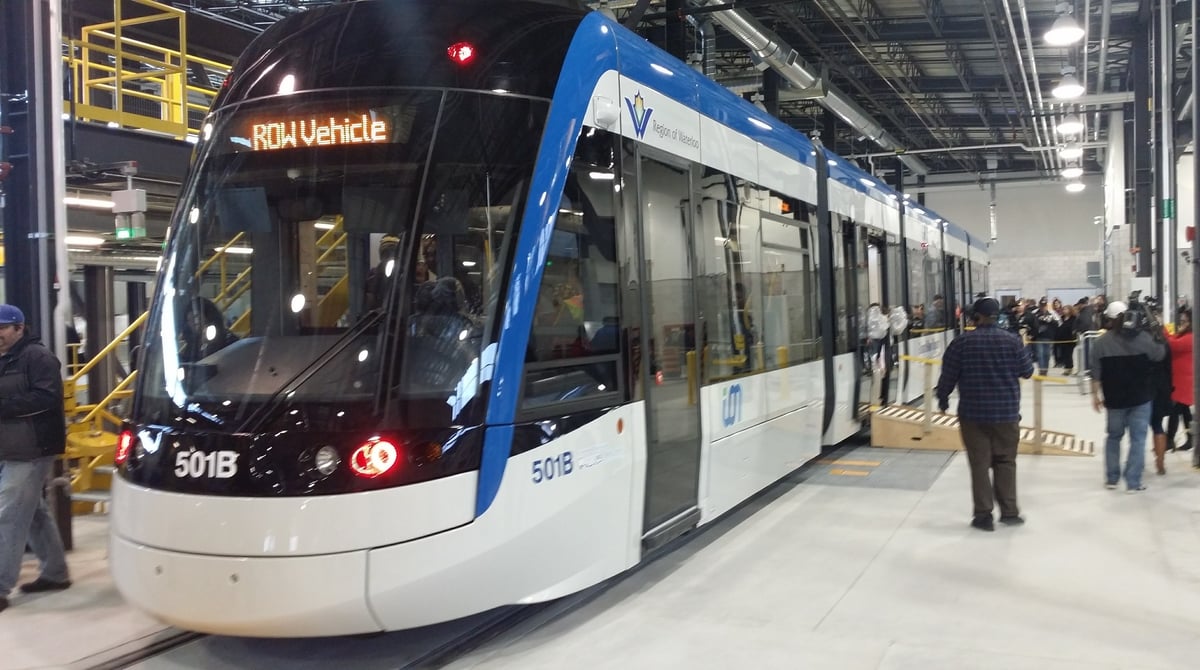
Metrolinx's CEO and president has announced that $5 billion in new construction is anticipated annually for the next two decades as it expands its reach in the Greater Golden Horsehoe and Hamilton areas per the Ontario Construction Report.
This high volume of work will require co-ordination and co-operation with the private sector. Phil Verster, who has been leading the transit organization since October, 2017 stated that in the past year "our output is about 50 per cent higher in the amount of work done, representing about $4 billion of works Metrolinx has done this year."
Mr. Verster also stated that there are improvements to be made, especially with safety practices. There were serious violations when he visited sites with advance notice with the project delivery company's leadership. He said, "That means to me, very bluntly, that people are not reckless, but people who employ these people are not as focused on safety as they should be." Get qualified leads from Databid.
Verster has international experience on many different kinds of projects including his orginal country of South Africa, the United Kingdon as well as other overseas nations and says, "Solid safety practices are not just good for the workers involved - they indicate that the contractor has solid systems and processes with really good material management, site management and really good control over subbies."
He stated that Metrolinx will include a review of previous safety records in evaluating contractors for future project opportunities and is pressing forward with an initiative to link new transit stations with private developers, who will fund the stations' construction as they benefit from the traffic they generate.
In the past, the government had approached building transit stations as something they were just going to fund as a province but Verster said, "I have a very strong view that Metrolinx should not be building new stations - but we should be facilitating new stations being built by the private sector."
This approach will allow Metrolinx to share in the increased land value associated with the transit development and ensure a sustainable system.
When Verster made a speech at the Buildings Show recently, he cited a statement by the Minister of Transportation, Jeff Yurek, that the provincial government is seeking third party investment to build new GO stations in Ontario. He told the construction executives in his presentation that Metrolinx has increased their seat miles in service by 20 per cent and that there will be growth to the extend that by 2031, he anticipates Metrolinx will be moving between 150 to 170 million people per year. He said, "They want comfort, they want to eat, they want WIFI on the trains and they want a good experience." He stated that he is very eager and open to proposals from the industry.
Changes to improve the tendering information quality will be forthcoming. Contracts will be designed to be suitable for each project. For example, in one case he found that one contract included both minor works at a station and three parking garages. The contractor who would excel at the minor works may not be the same as the organization best suited to building the parking garages. This will need to be changed.
Verster says relationships have improved with Infrastructure Ontario and now Metrolinx and IO are working as a team in devising the best procurement and project approaches.
Metrolinx is keep abreast of technology including the Internet of Things and the trend towards autonomous vehicles. If self-driving vehicles become common, then what will happen with Metrolinx's 77,000 parking bays in its garages? These vehicles will have to be charged and started somewhere. They will be able to park in the garage overnight and get charged up. That is the future where they want to go.
Bidding on Public Projects Requires the Right Tools
Posted by Judy Lamelza









